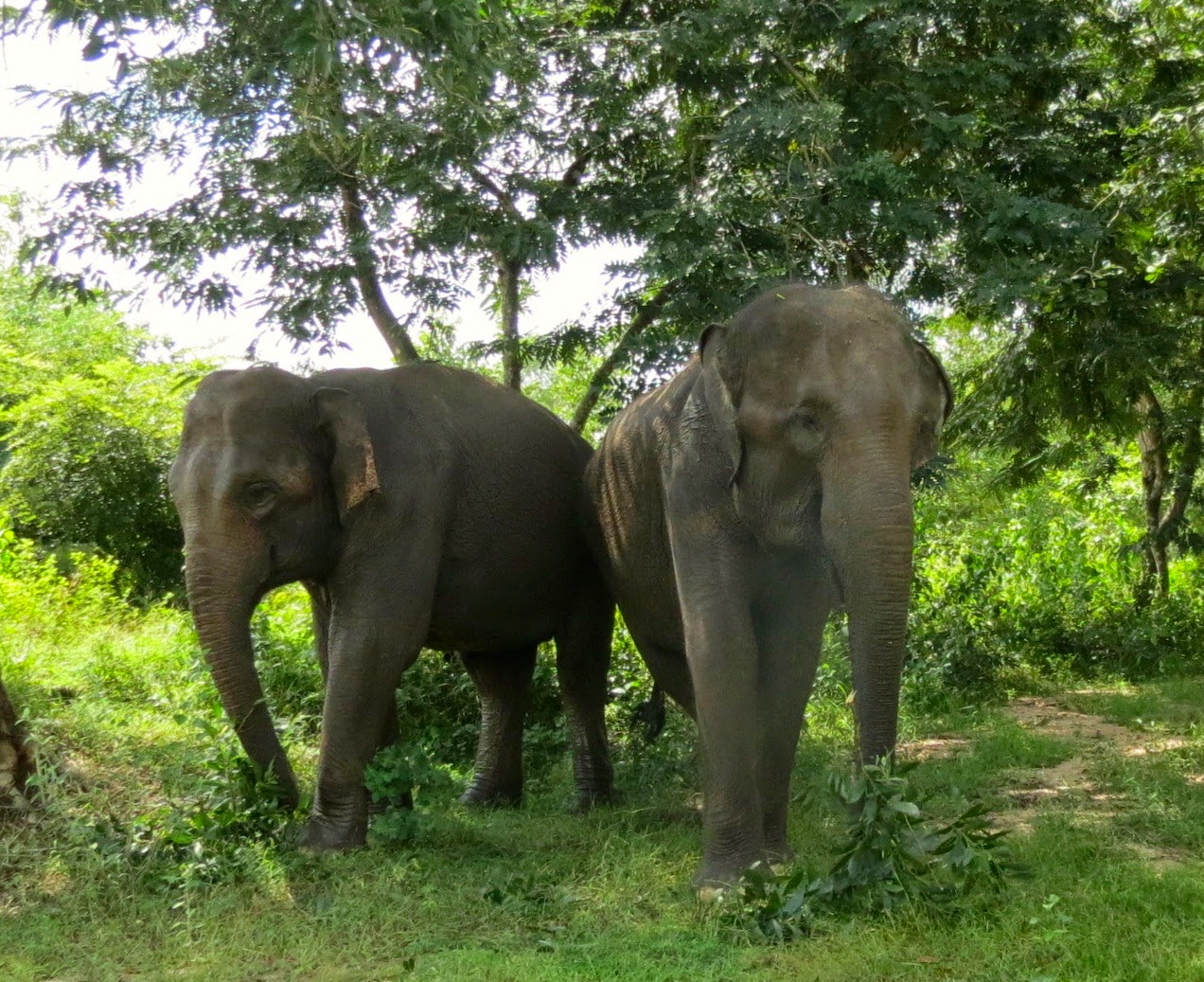“Tiger, tiger, burning bright
In the
forests of the night,
What
immortal hand or eye
Could
frame thy fearful symmetry?”
By
William Blake in ‘The Tyger’, from ‘Songs of Experience’.
When you hear of William Blake, the image of the tiger conjures in the mind. I got my first introduction to the poet in the fourth grade, whose poem, The Tyger, I recited for a contest.
Even at that tender age, the captivating message of this majestic animal left
an impression on me. The force of the poem enabled me to deliver it with just
as much passion. As I grew older, I read the poem again, and though many
different analyses have been made about its metaphor, for me, the poem
represents the beauty of the tiger.
 |
| (C) Aditi Thakur |
As I grew older, I read about how tigers were poached
mercilessly. Sadly, such news stories had become routine. Therefore, in my own
capacity, I wanted to become part of the effort committed towards tiger
conservation and its habitat. Though in my geography classes, I had read about
the depletion of forests and encroachment of forestland by humans, I knew I
could no longer remain a bystander. Thus, I joined the Tiger Trust, a
non-profit organization dedicated towards its preservation.
My association with the Tiger Trust introduced to me to T4T. For an
international summit organized by the T4T, I had to make a presentation on
Machli, the oldest wild tiger in India. As I researched into Machli, her life,
cubs and struggles, I was transported to the world of William Blake’s poem. The
contrast between the tiger in the poem and the one in the jungle perturbed me.
Through my exploration about tigers, I was confronted with startling facts. As
I saw pictures of poached tigers and orphaned cubs, these images stirred my
emotions profoundly and I wondered why tigers had to face this brutality.
India has always had a special, almost sacred
place for tigers. The tiger is woven into our cultural fabric. Its depictions
are found in Hindu gods and folklores. It is our national animal, a symbol of
tradition and pride. Over the years, the tiger population has dwindled to
alarming numbers. Tigers are now an endangered species on the brink of
extinction. So what has led to this situation in India?
The
primary predators of tigers are human
beings. The man-tiger conflict is largely a result of the burgeoning human population.
Humans often encroach upon the tiger’s habitat, cutting down trees, polluting
the environment and hunting its prey. Tigers, hunting for livestock, frequently
enter such villages. To eliminate the threat to their livestock, villagers lay
traps and snares for tigers, grievously injuring them. When a tiger wanders into
a village and kills a cow or goat, villagers often retaliate by poisoning the
carcass of the animal killed. When the tiger returns the next day to feed on
the remains, it dies a most horrific death. Such retaliatory killings are unfortunately common these days.
Superstition,
prevailing over centuries, is also a major threat to tigers. Body parts of
tigers are used in ‘traditional’ Asian medicines. The use of endangered
tiger products and their medicines is seen as a symbol of high status and
wealth. Some remedies list tiger parts as an ingredient, but the real animal
parts are so expensive that often the medicines may have only trace elements;
but even this is enough to promote the continued slaughter of the tiger. Tiger
skins adorn the walls of the rich, fuelling the illegal trade of tiger parts,
especially in China. Poachers are
the main instruments who fulfill this demand.
Over the years, legislation (Project Tiger) has provided relief to tigers. However,
there is still a lot to be achieved in terms of tiger protection: efficient use
of funds, proper training to forest guards and successful conviction of
poachers. So how
can we protect tigers in India?
Habitat
protection is the
key to the tiger’s survival. This refers to a multifaceted approach of
protecting the tiger habitat from human encroachment and at the same time, from
poachers seeking tiger parts for the lucrative market in Chinese medicine.
Law
enforcement is another area that needs improvement. Fortunately, there are
several national wildlife protection laws that are in place. However, we need
to implement them efficiently so that the perpetrators of wildlife crimes are
brought to justice. Training local forest officials in dealing with wildlife
crimes (Hunting the Hunters Program) and involving more lawyers to prosecute
poachers will go a long way.
Involving
local communities is an innovative way of saving tigers. The man-animal conflict
is a major threat to tigers and thus conducting awareness programs for villagers
and educating them about the need to maintain ecological harmony are powerful
instruments in conservation.
Alternative
medicines will
eradicate the trade in tiger parts for traditional remedies. People must be
educated about modern medicine as well as herbs that can easily treat illnesses,
without needlessly killing innocent tigers.
Involving
the youth is one
of the most significant measures. Using young minds, their passion, creativity
and energy will drive this movement forward. We must educate the youth, right
from elementary school, about the delicate and fragile balance in our
ecological system and how tigers are crucial towards maintaining it.
Thus, initiatives such as T4T are crucial for
tiger conservation. I will be attending Vanderbilt University as a freshman
this fall and over there, I hope to channel the passion that other like-minded
students and faculty possess. In conservation, strength lies in numbers and
therefore we must all work together towards building
a world where Blake’s tiger manifests itself in the real world and continues to
burn brightly.
Aditit Thakur
Vanderbilt University '18
Aditit Thakur
Vanderbilt University '18


